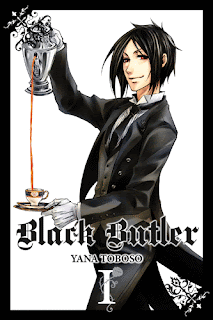To be or not to be- that is the question I asked myself upon
first observing the sudden proliferation of classic novels re-hashed and
rearranged with added supernatural creatures. (Little Vampire Women? Pride
& Prejudice & Zombies?) Romeo and Juliet and Vampires by Claudia Gabel is the second of
these monster-tinged adaptions I have read, and as I opened the book I tried my
best to allow my feelings about the original play to fade into the dangerous
night time shadows, in order to soak up this story with new, blood red ringed
eyes.
Romeo & Juliet & Vampires is an enjoyable read.
Following Shakespeare’s classic characters Romeo and Juliet from his most
renowned tragedy of the same name, we watch Romeo fall madly in love with
Juliet at first sight. He discovers her at a party held by her parents the
Capulets; the powerful, rich vampire family with whom Romeo’s family the
Montague’s have fought a grizzly war for many years, the vampires feasting on
the flesh and blood of their enemies to sustain their vampiric powers. After
the imprisonment of Vlad the Impaler, the infamous tyrannical prince of the Capulet
family, a newcomer, Prince Radu assumes power over the families’ home of
Transylvania, forcing a truce upon the warring clans. Becoming ever-weaker from
the lack of human blood, the stern unfeeling Lord and Lady Capulet have a plan
to win the Prince’s favour in order to overturn the peace treaty, using an
unwilling Juliet as a gambling chip.
As Juliet and Romeo fall evermore in love, their union becomes
more and more unlikely. This is not helped by the upcoming event of Juliet’s
sixteenth birthday, upon which she is to either take a human life by drinking
every last drop of the victim’s blood to become a full-fledged vampire, or
endure a ferocious hunger for blood… and starve to death. Featuring drama,
theatrics and mournfully doomed passion aplenty, this novel stays true to
William Shakespeare’s sense of outlandish tragedy and woe.
Grammatically the novel may disappoint if you are expecting
an emulation and expansion of Shakespeare’s linguistic style. Far removed from
the eccentric flamboyancy of his words, you may find yourself stumbling across
phrases and expressions which certainly would not have been in use in
Shakespearian literature, and admittedly, it does remove some of the charm and
throw off the imagery slightly. After all, if you’re going to adapt a play
written by the greatest writer in the English language into a supernatural tragedy,
you should probably stick with certain admired aspects and idiosyncrasies of
that writer in your language. A plus side however is that that, for anyone new
to Shakespeare who wishes to immediately capture the essence of this famous
play, the simpler language and lack of archaic lexis is not as intimidating or
off-putting. This is a book you can read in bed at night or on the train home
from work without having to worry too much about absorbing the more challenging
linguistic style of classic Shakespeare.
Conclusively, if tales of forbidden love, death and romance
with a little of the supernatural thrown in appeal to you, then this just might
be the novel for you. It’s entertaining and gripping, and the surprising plot
twists contrast the original in just the right subtle manner. If however you
are a great fan of Shakespeare and wish to read Romeo and Juliet (with added
vampires) in novel form, do not expect the same style of lexis and dialogue as
that written by William Shakespeare himself. If you can overlook the modern
twist on this classic tale, then Romeo and Juliet and Vampires is a definite
competitor for your literary attentions.









